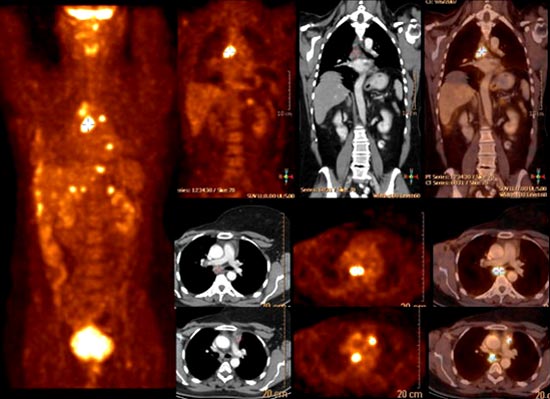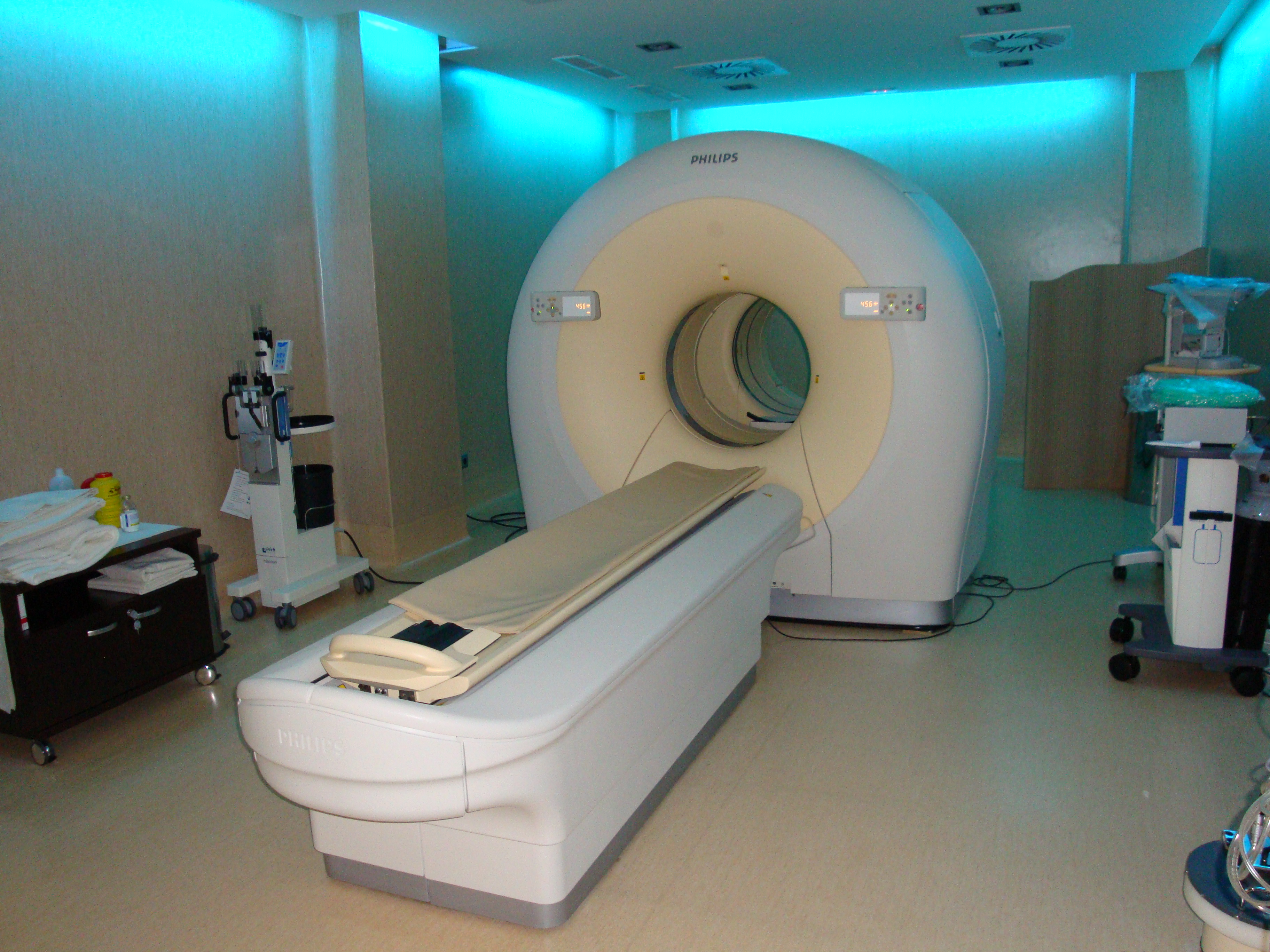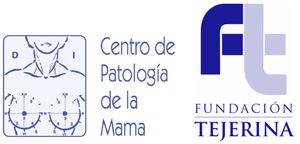PET-CT is a hybrid of positron emission tomography (PET) and multidetector computed tomography (CT).
PET makes it possible to study, and fundamentally quantify, biochemical and functional processes, while CT studies the morphological or structural aspects. This test consists of administering a drug labeled with a positron-emitting isotope that subsequently detects its radioactive emission, using the PET camera. The magnificent anatomical resolution of a 64-slice multidetector CT, together with a state-of-the-art PET camera, allows for precise anatomical location of the positrons emitted by the drug and, thus, identification of their metabolic changes and pinpointing of the location and extent of tumor lesions.



